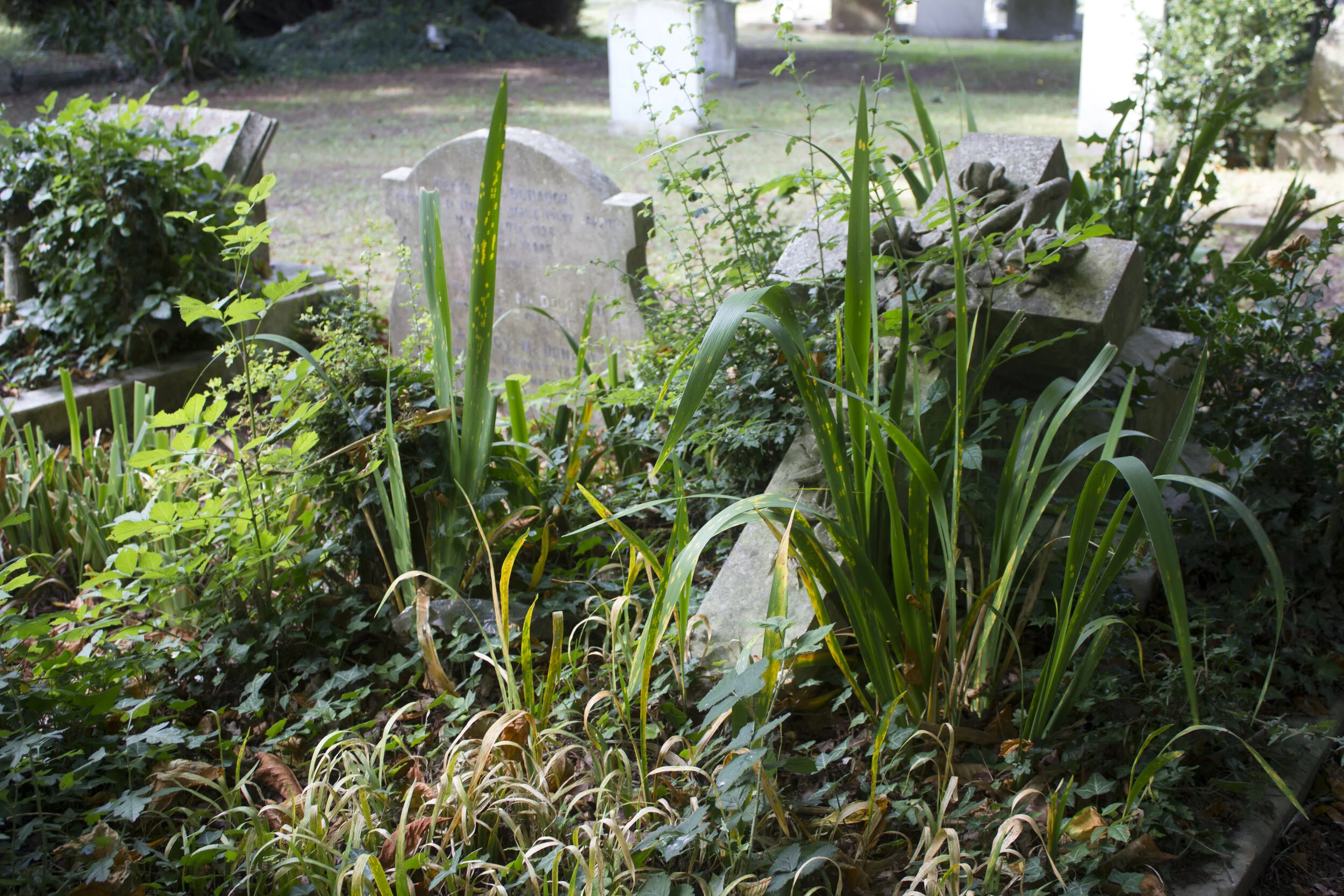Uncovering Margate Cemetery
Nestled upon Margate Road lies St John’s Cemetery, a treasure trove of history and Margate’s sole active burial site. Inconspicuous from the road and generally overlooked from fear of missing the next turning when heading to the tip, it is in fact one of the town’s largest public green spaces. At a whopping 36 acres it continues to serve it’s original function whilst also offering a sanctuary for wildlife including rarities like hares and a small population of albino squirrels.
The moment I passed through the ornate cast iron gates and up the yew tree lined driveway I was stuck by the tranquillity and sense of calm that the space creates. Whilst sombre in mood it’s an unquestionably beautiful environment, but that hasn’t always been the case.
My visit, on a sunny day in early August, was to partake on a tour organised by Chris Sandwell who is a member of the Friends of Margate Cemetery. The ‘Friends’ are a voluntary organisation made up of retired pensioners who have dedicated their time to restoring and preserving the cemetery grounds since 2000. The group’s formation, originally by Mrs Mortlock, the then Chairman of Thanet District Council, was timely; due to years of neglect the cemetery was all but completely overgrown. Peter Cox, who has been volunteering as a Friend for some 15 years described the scenes during the 16 year clear up job, “apart from the pathways you couldn’t really go anywhere, and all the burial areas were completely and densely covered.” Even today, whilst the council are responsible for digging graves, cutting grass edges and employing staff to carry out some of the heavy-duty maintenance of the space, the Friends are still the ones who keep graves in order as well as sharing details of the sites rich history.
Overgrown Grave
At 68, Chris is the youngest of the group and has been enthusiastically carrying out the tours, which average 10-15 fascinated visitors, for the last decade. Following in the footsteps of both his father and grandfather, he served in the Margate Lifeboat crew for most of his adult life, alongside working for the local sorting office. His local knowledge, particularly that of maritime history, is unique and vast. He starts the tour by explaining how the cemetery was created as a result of the Metropolitan Burial Act of 1852, which came about when “increasing population, combined with limited space, meant that by the middle of the nineteenth century, church graveyards had become seriously overcrowded and unhygienic.” Up and down the country land was acquired and cemeteries were born. Originally open farmland, St John’s was completed in 1856 with the first recorded burial, that of Harriet Ross who had died of TB in the local Royal Sea Bathing Hospital, taking place on 8th October.
The ever-filling grounds are home to graves spanning over 150 years, some completely unmarked including the infamous and vicious smuggler Lucky Dick Ovenden as well as sections dedicated to specific religions including those of Hebrew and Greek Orthodox faith. There are plots for those who died in each of the World Wars, including German pilots shot down over the town, and many a grave for those who lost their lives at sea. Perhaps one of the most tragic is that of Edmund Leonard George Betts (known as Elgy,) a promising young pilot who, in 1938, mysteriously crashed a light aircraft with local beauty queen Marjorie Walk aboard into the sea, killing both. There is also a memorial to those who died in the Surf Boat tragedy of 2nd December 1897, when the ship sank whilst responding to a distress call.
Lucky Dick Ovenden
WW2 Grave
Chris’ tour weaves its way through the stunning grounds and delivers many more tales from Margate’s rich past and with Green Woodpeckers and Jays flying overhead it is a genuinely uplifting experience. But with the number of Friends steadily dwindling there is a risk that many of the graves and the stories that come with them could be lost. Let’s hope more volunteers join the merry band soon.
This article was first published in The Margate Mercury.






